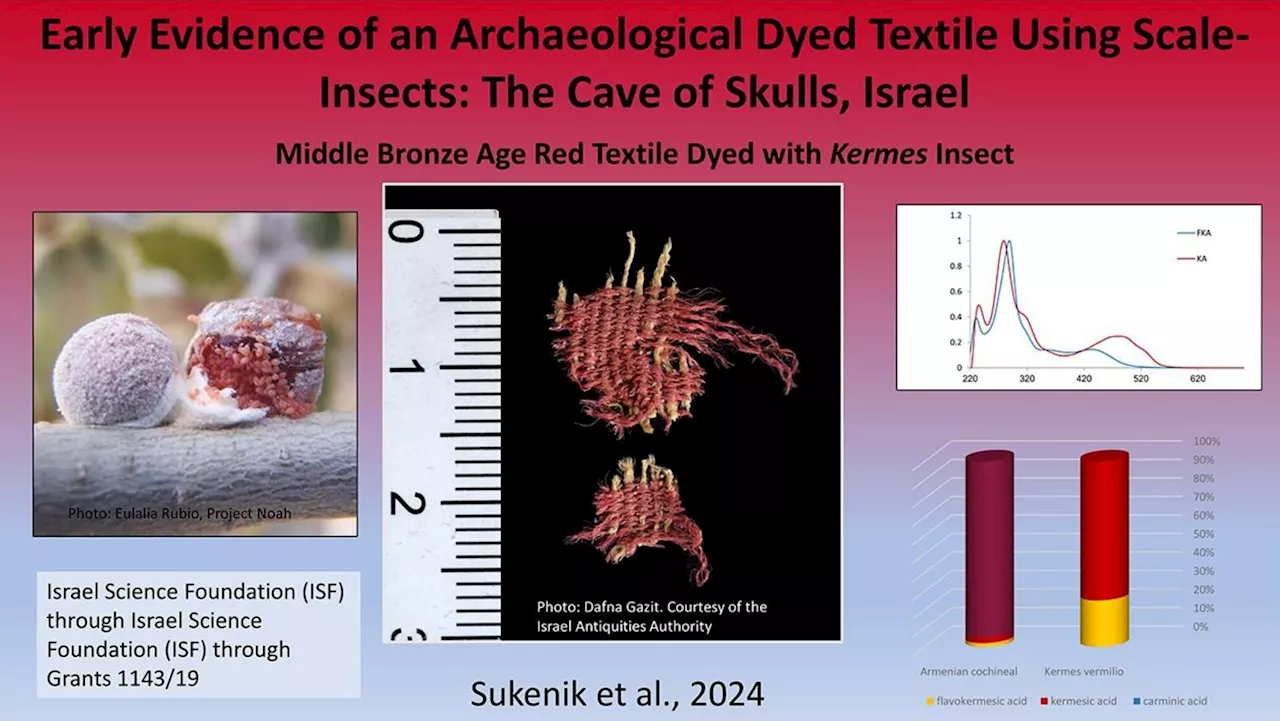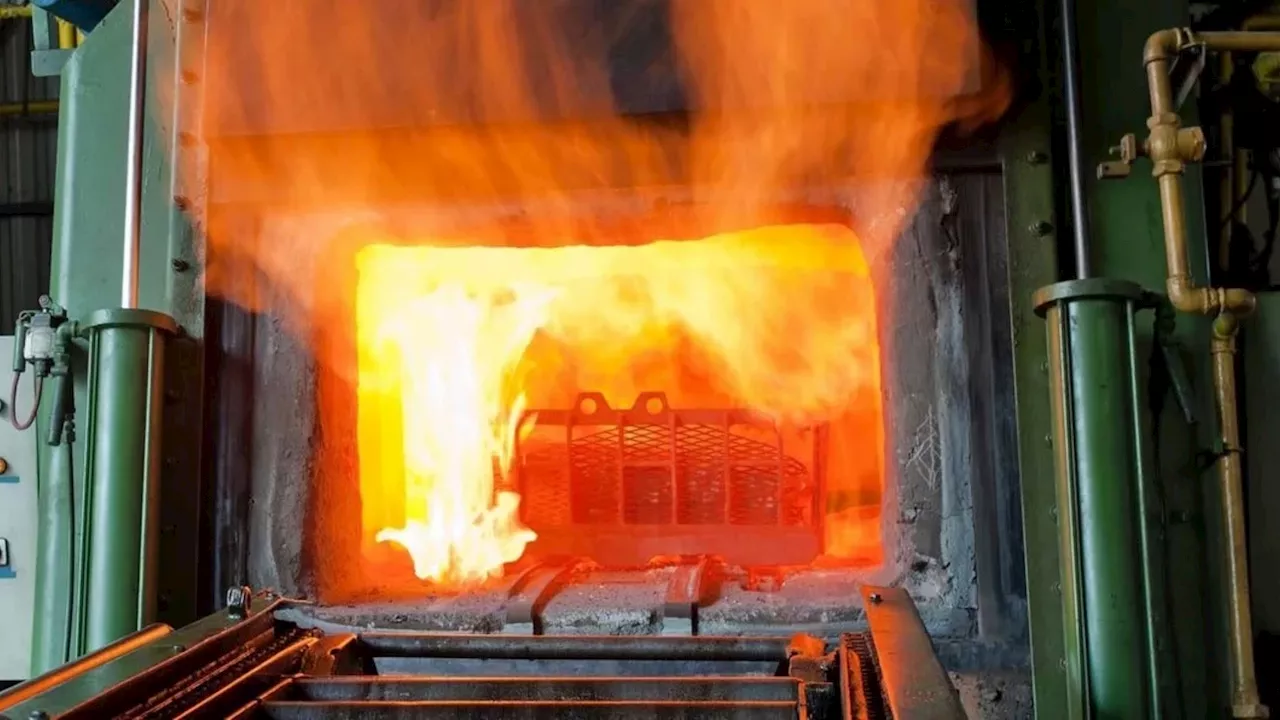Firebricks could enable cheaper, faster renewable energy adoption, according to new Stanford research.
This technique involves “firebricks,” which emerged in the early Bronze Age, around 4000-3000 BCE. Their initial use was in kiln lining, but firebricks have since become essential in furnace construction.
Researchers predict that firebricks could reduce global reliance on batteries by 14.5%, hydrogen by 31%, and underground heat storage by 27.3% — if the world switches to full renewable energy by 2050. By circulating air through the brick stacks, the stored heat may be released on demand, allowing cement, steel, glass, and paper manufacturers to continue operations regardless of weather.
The team calculated that the current reliance on fossil fuels for this heat generation adds up to 17% of global“By storing energy in the form closest to its end use, you reduce inefficiencies in energy conversion,” said Daniel Sambor, co-author and a postdoctoral scholar in civil and environmental engineering.
Energy &Amp Environment Sustainability
United Kingdom Latest News, United Kingdom Headlines
Similar News:You can also read news stories similar to this one that we have collected from other news sources.
 Stanford in Paris: Stanford Athletes That Participated in the Paris OlympicsThe Summer Olympics in Paris are here. In what was a record-breaking year, 60 current and former Stanford Cardinal athletes were selected to compete in the 2024 Summer Olympics. Here is how each of them has performed.
Stanford in Paris: Stanford Athletes That Participated in the Paris OlympicsThe Summer Olympics in Paris are here. In what was a record-breaking year, 60 current and former Stanford Cardinal athletes were selected to compete in the 2024 Summer Olympics. Here is how each of them has performed.
Read more »
 Olympics Women's Bronze Medal Odds & Predictions: Swiatek Snatches BronzeDespite falling in the semifinals, our Swiatek vs. Schmiedlova expect the five-time Grand Slam champion to leave Paris with a medal.
Olympics Women's Bronze Medal Odds & Predictions: Swiatek Snatches BronzeDespite falling in the semifinals, our Swiatek vs. Schmiedlova expect the five-time Grand Slam champion to leave Paris with a medal.
Read more »
 Metal money wasn't just for the rich in Bronze Age Europe, study findsI have been an Associate Professor in the School of Archaeology and Anthropology at the Australian National University since 2014.
Metal money wasn't just for the rich in Bronze Age Europe, study findsI have been an Associate Professor in the School of Archaeology and Anthropology at the Australian National University since 2014.
Read more »
 Testing of red textile found in Israeli cave shows it was from the Middle Bronze AgeA team of archaeologists affiliated with several institutions in Israel has tested a sample of red fabric found in a cave in Israel in 2016 and reports that it is from the Bronze Age. Their paper is published in Journal of Archaeological Science: Reports.
Testing of red textile found in Israeli cave shows it was from the Middle Bronze AgeA team of archaeologists affiliated with several institutions in Israel has tested a sample of red fabric found in a cave in Israel in 2016 and reports that it is from the Bronze Age. Their paper is published in Journal of Archaeological Science: Reports.
Read more »
 Bronze Age hoards hint that market economies arose surprisingly earlyAn analysis of 20,000 metal objects from Bronze Age Europe suggests human economic behavior may not have changed much over the past 3500 years
Bronze Age hoards hint that market economies arose surprisingly earlyAn analysis of 20,000 metal objects from Bronze Age Europe suggests human economic behavior may not have changed much over the past 3500 years
Read more »
 Bronze Age Boat Sails as Replica Made Using 4,000-Year-Old 'Shopping List'Among the evidence used to construct the boat was an ancient clay tablet dating back to the 21st century B.C.
Bronze Age Boat Sails as Replica Made Using 4,000-Year-Old 'Shopping List'Among the evidence used to construct the boat was an ancient clay tablet dating back to the 21st century B.C.
Read more »
